![]()
EL-C1600N100013-B
![]()
Test - lowercase jpg
![]()
Kaixin micro test
![]()
Test probe P100-M3
As a leading domestic supplier of scientific research reagents, we specialize in the distribution of imported sub-packaged and original products, as well as domestic ELISA kits. Our commitment to quality is unwavering, with strict technology standards and a no-questions-asked refund policy. We welcome your inquiries and orders. Contact us at 60536566.
This kit is intended for scientific research use only and is not suitable for medical diagnosis.
**Human Adrenergic (EPI) ELISA Kit**
**User's Guide**
**Kit Name**: Human Adrenergic (EPI) ELISA Kit
**Usage**: For quantitative detection of Adrenaline (EPI) in human serum, plasma, and related fluid samples.
**Detection Principle**:
The kit employs a two-antibody sandwich ELISA method. Standard and sample solutions are added to pre-coated enzyme-labeled plates. After incubation, unbound components are washed away. Substrates A and B are then added, and the TMB substrate is converted into a blue product under horseradish peroxidase (HRP) catalysis. The color changes to yellow when acid is added, and the intensity of the color is directly proportional to the concentration of Adrenaline (EPI) in the sample. The optical density (OD) is measured at 450 nm, and the EPI content is calculated based on the standard curve.
**Kit Composition**:
1. Enzyme-labeled plate: 12 wells × 8 strips
2. Substance A: 6 mL
3. 20× concentrated washing solution: 20 mL
4. Standard diluent: 6 mL
5. Sample diluent: 6 mL
6. Enzyme standard reagent: 6 mL
7. Substance B: 6 mL
8. Stop solution: 6 mL
9. Instruction manual: 1 copy
10. Sealing film: 1 sheet
11. Sealed bag: 1 piece
**Notes**:
Standard solutions should be diluted to concentrations of 200, 100, 50, 25, 12.5, and 6.25 ng/mL.
**Required Reagents and Equipment**:
1. Incubator at 37°C
2. Microplate reader
3. Precision pipettes and disposable tips
4. Distilled water
5. Disposable test tubes
6. Absorbent paper
**Procedure**:
1. Preparation: Allow the kit to equilibrate at room temperature for 30 minutes.
2. Dilute the 20× washing solution with distilled water to the working concentration.
3. Add standards and samples to the plate. Add 50 μL of standard to each standard well, 10 μL of sample plus 40 μL of diluent to each sample well, and leave blank control wells empty.
4. Incubate at 37°C for 30 minutes.
5. Wash the plate 4 times using the washing solution.
6. Add 50 μL of enzyme standard working solution to each well except the blank control.
7. Repeat incubation for 30 minutes.
8. Repeat washing steps.
9. Add 50 μL of developer A followed by 50 μL of developer B. Incubate in the dark at 37°C for 15 minutes.
10. Add 50 μL of stop solution to each well to terminate the reaction.
11. Measure the OD values at 450 nm within 15 minutes.
12. Calculate the sample concentration using the standard curve.
**Sample Requirements**:
- Avoid samples containing sodium azide (NaN₃), which inhibits HRP.
- Extract samples immediately after collection and store at -20°C if not used immediately. Avoid repeated freezing and thawing.
- Ensure samples are fully centrifuged and free from hemolysis and particles.
**Precautions**:
- Follow the manual strictly. Results must be confirmed using a microplate reader.
- Store unused enzyme labels in a sealed bag with desiccant.
- Perform duplicate tests for standards, samples, and blanks to reduce error.
- Remember to multiply the final result by the dilution factor.
- If the signal is weak, extend the substrate incubation time.
- Prevent cross-contamination by using fresh reagents for each addition.
- Do not mix reagents from different batches.
- Protect substrate B from light.
**Summary of Procedure**:
- Prepare reagents, samples, and standards
- Add samples and standards, incubate at 37°C for 30 minutes
- Wash the plate 4 times, add enzyme reagent, incubate for 30 minutes
- Wash again, add substrates A and B, incubate for 15 minutes
- Add stop solution and measure OD values within 15 minutes
- Calculate results using the standard curve
**Testing Range**: 0.1–200 ng/mL
**Specification**: 96T/box, 48T/box
**Storage**: 2–8°C, protected from light and moisture
**Shelf Life**: 6 months
Optical Ball Lens
Ball lens is great optical components for improving signal coupling between fibers, emitters, and detectors. They are also used in endoscopy, bar code scanning, ball pre-forms for aspheric lenses, and sensor applications. Ball lenses are manufactured from a single substrate of glass and can focus or collimate light, depending upon the geometry of the input source.
Half ball lens is also common and can be interchanged with full ball lenses if the physical constraints of an application require a more compact design.
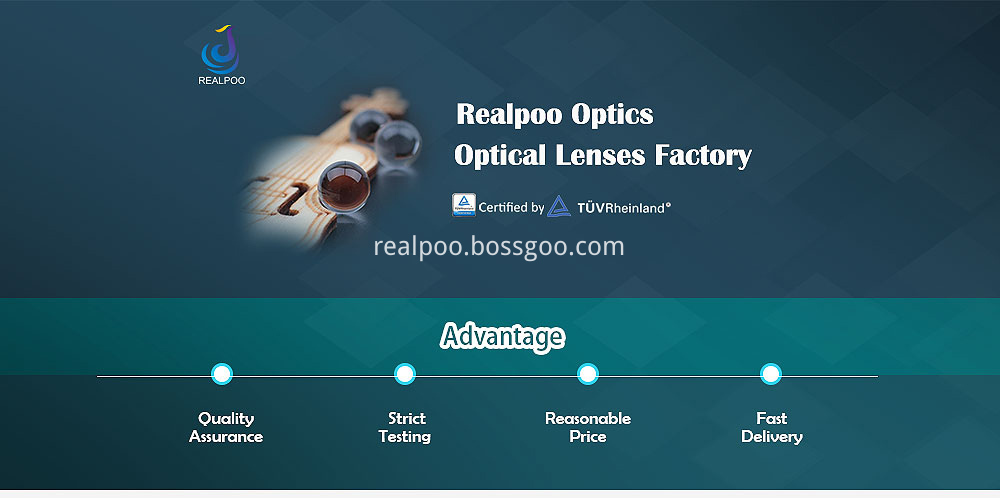
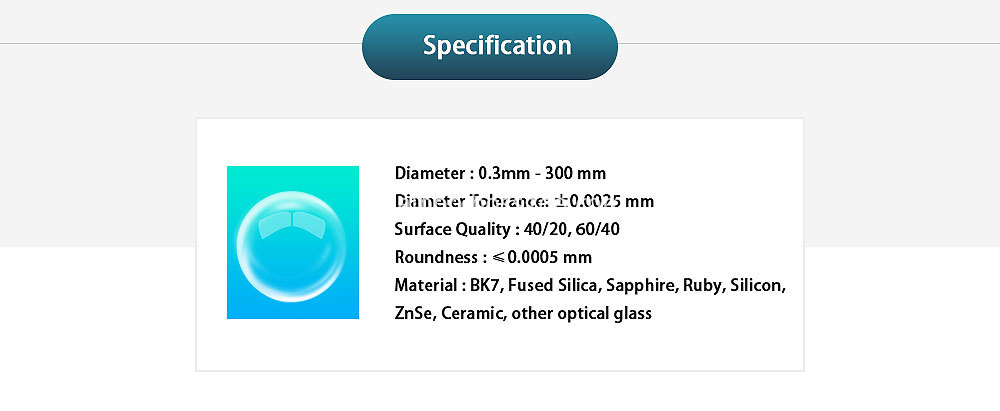
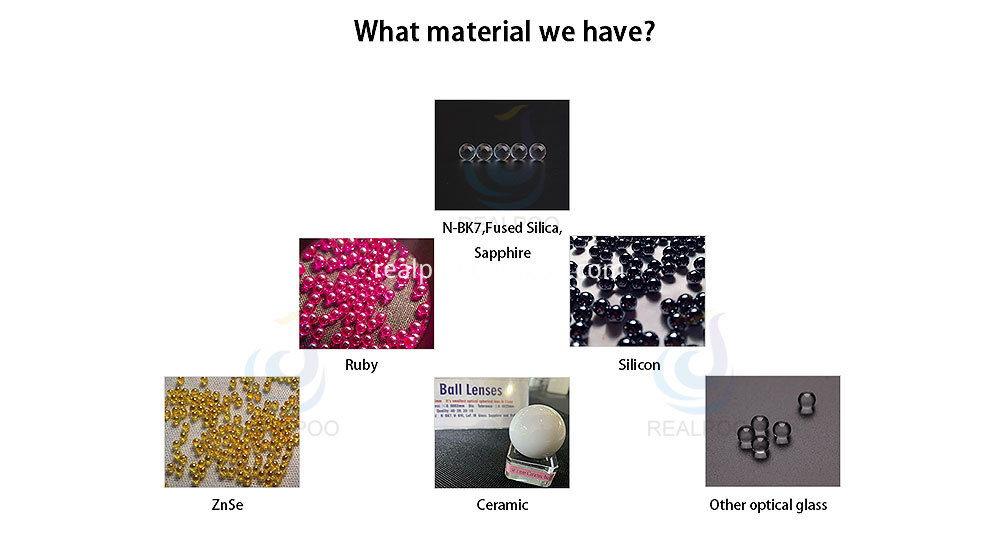
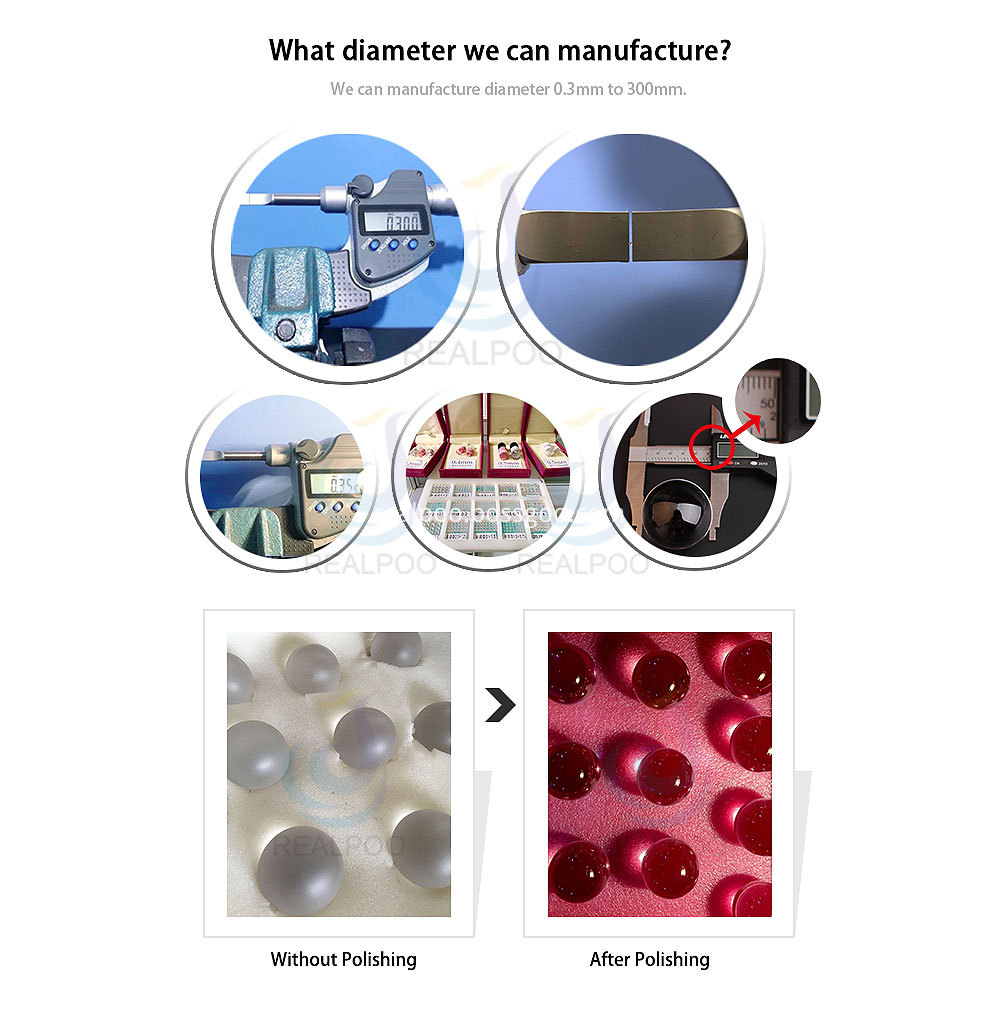
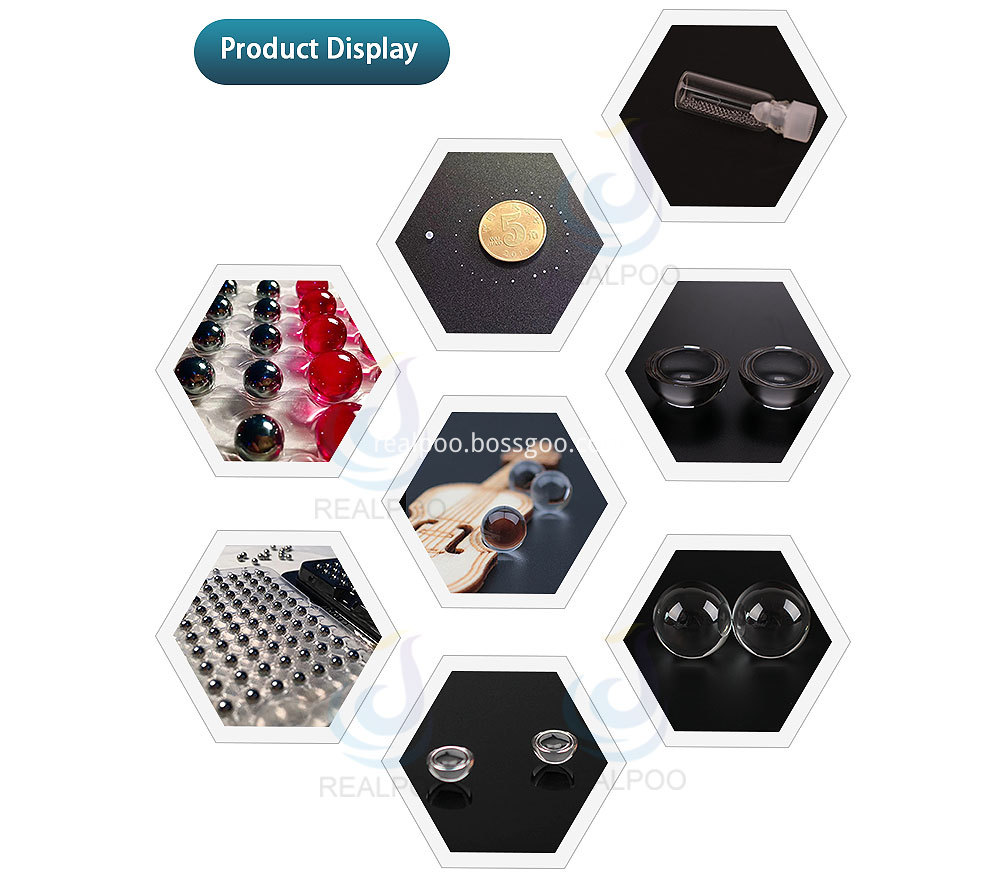
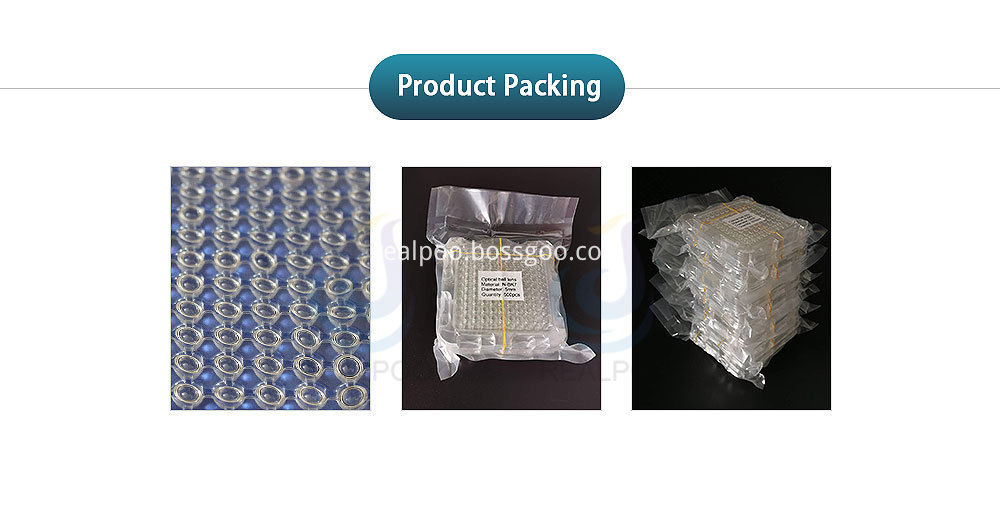
Optical Ball Lens,Ball Lenses,Ball Lens,Collimate Light, Half Ball Lens
Changchun Realpoo Photoelectric Co., Ltd. , https://www.optics-realpoo.com





